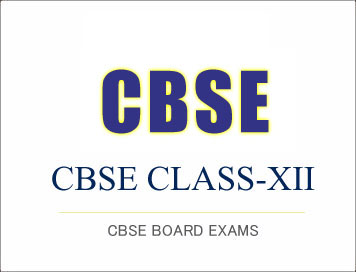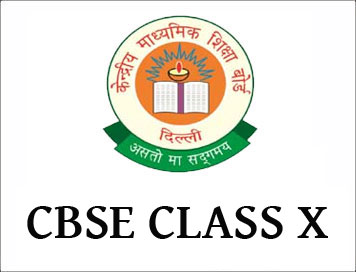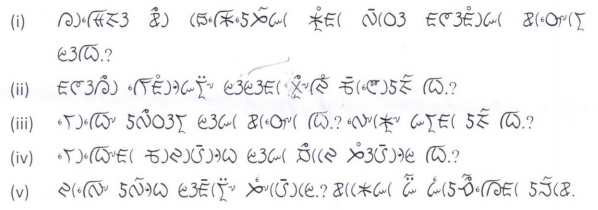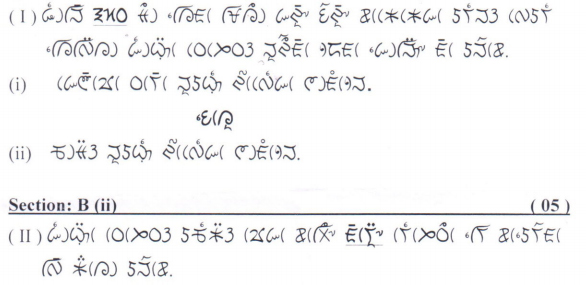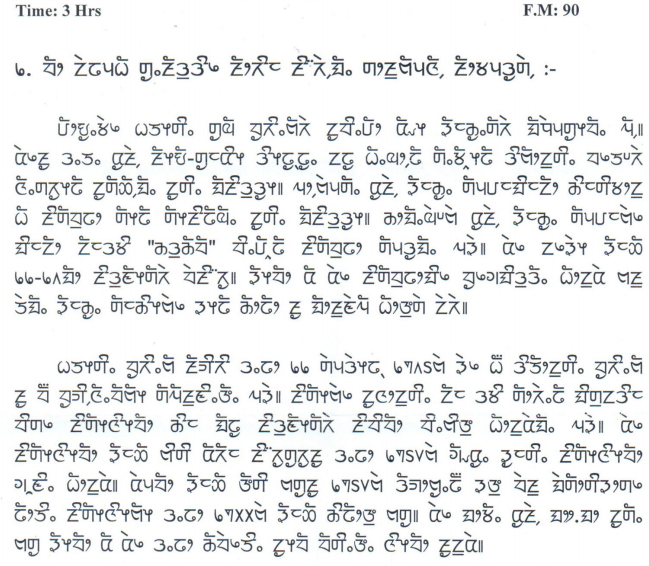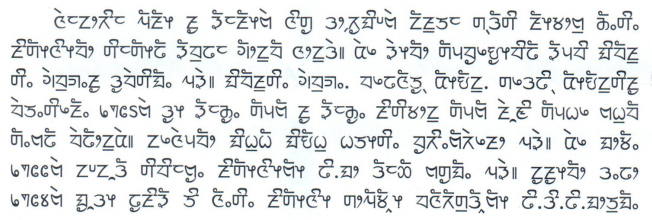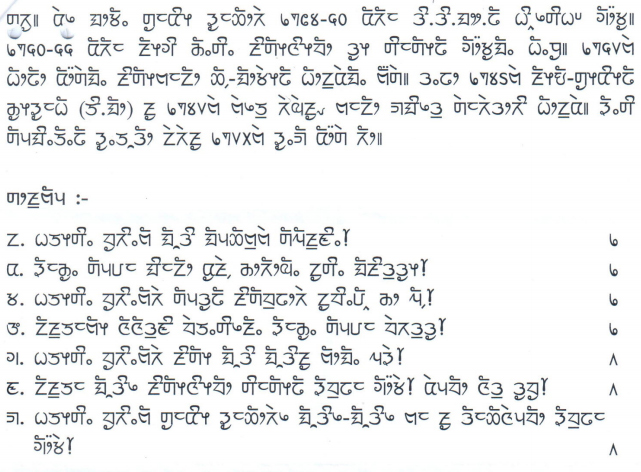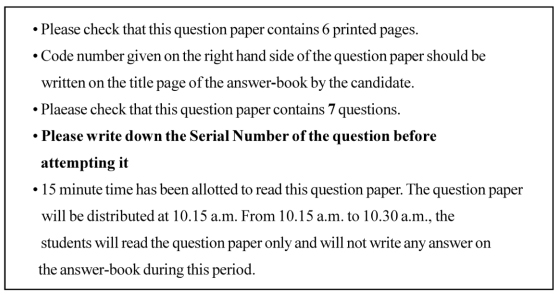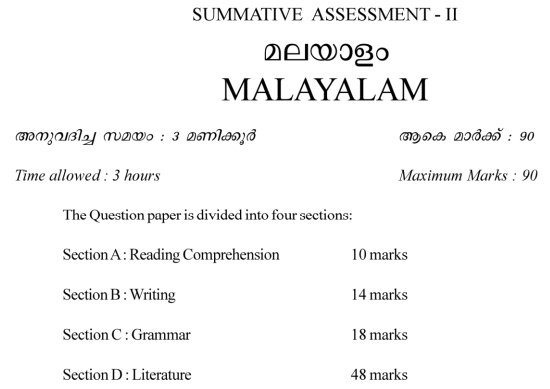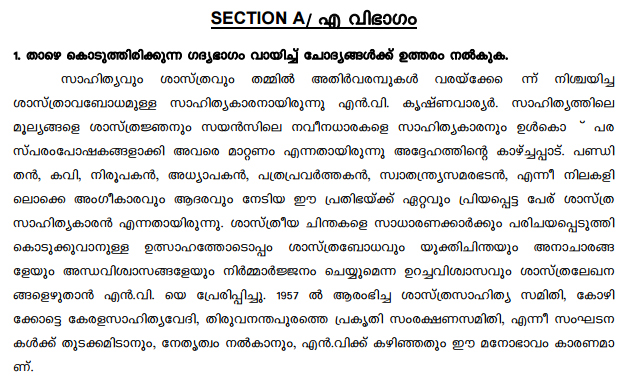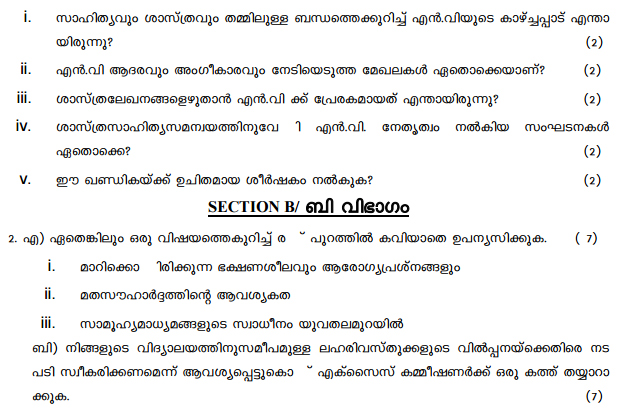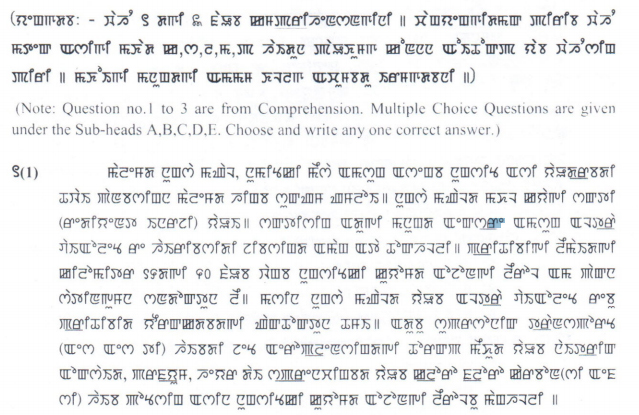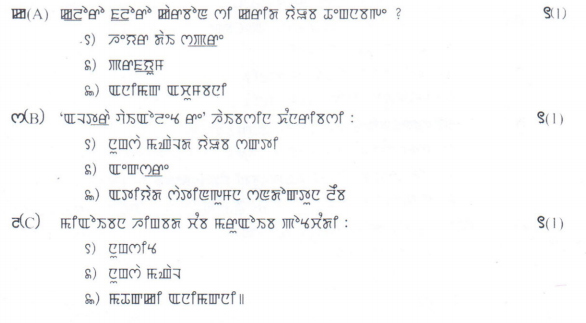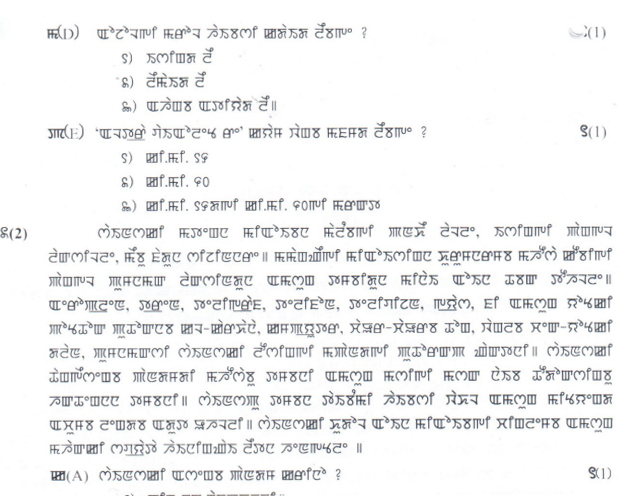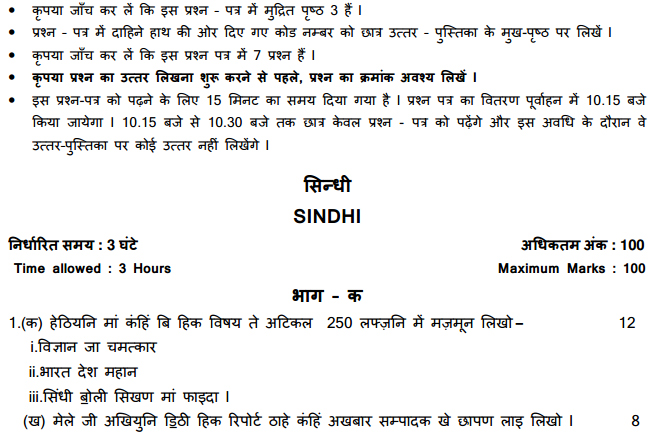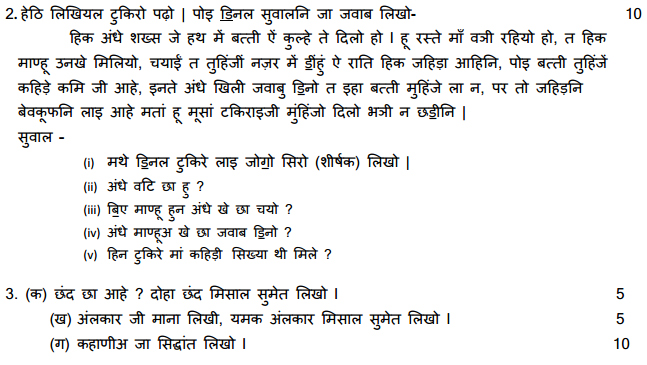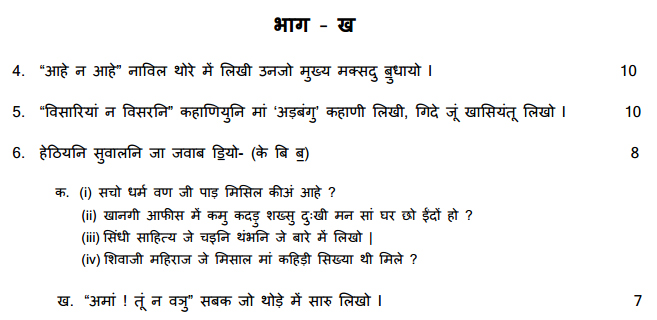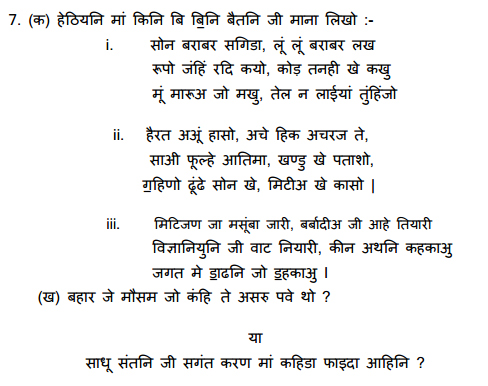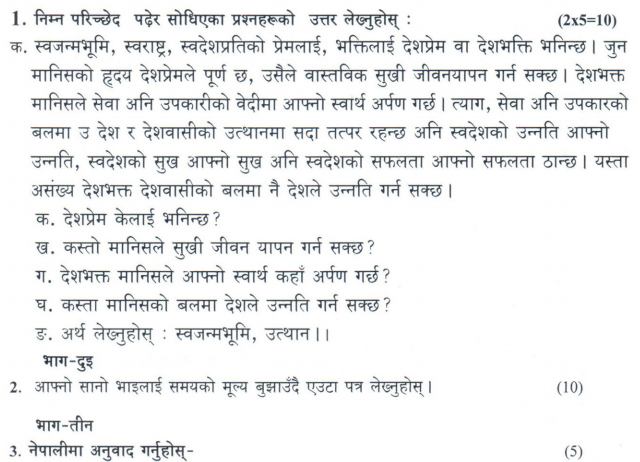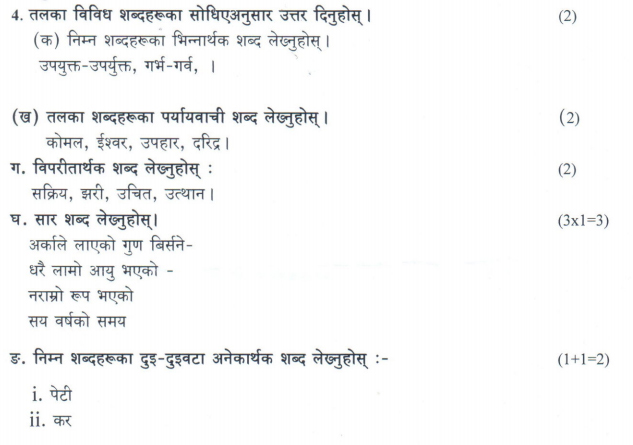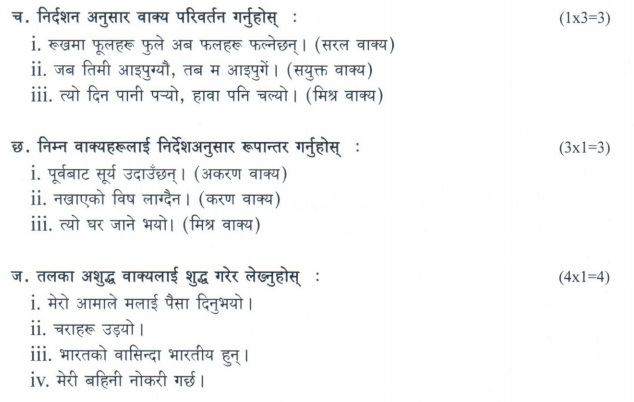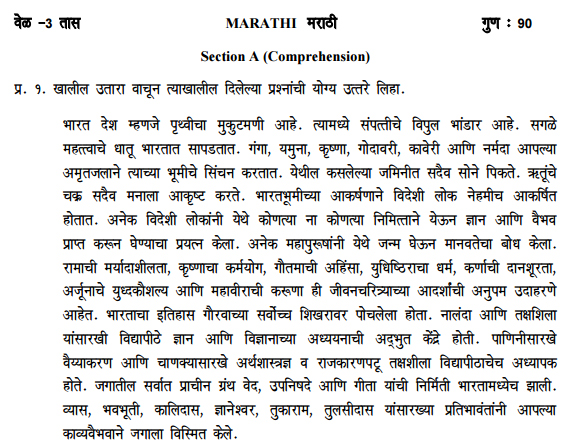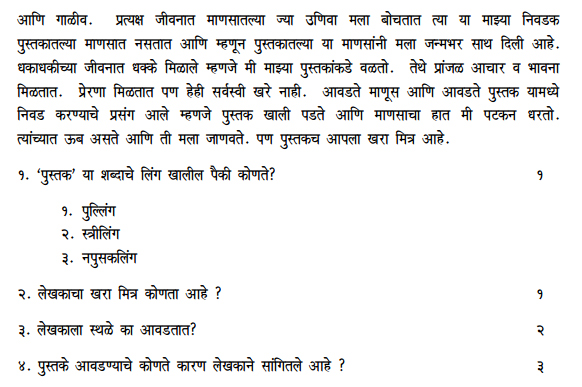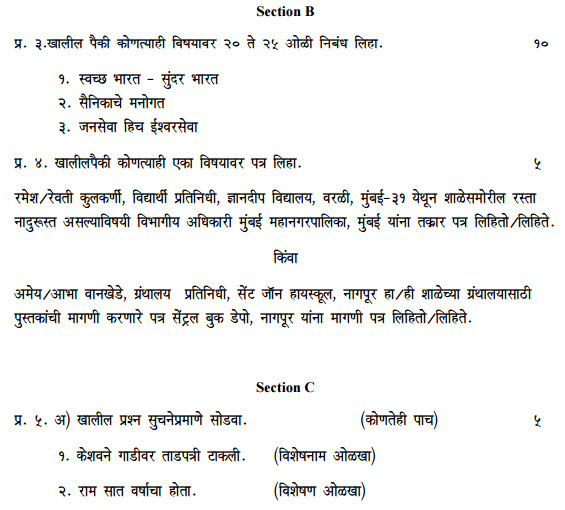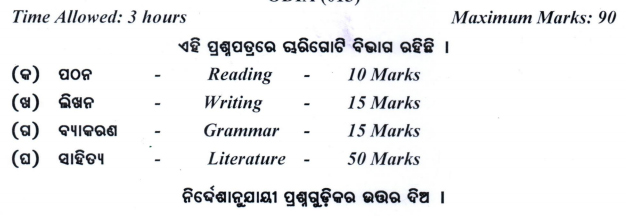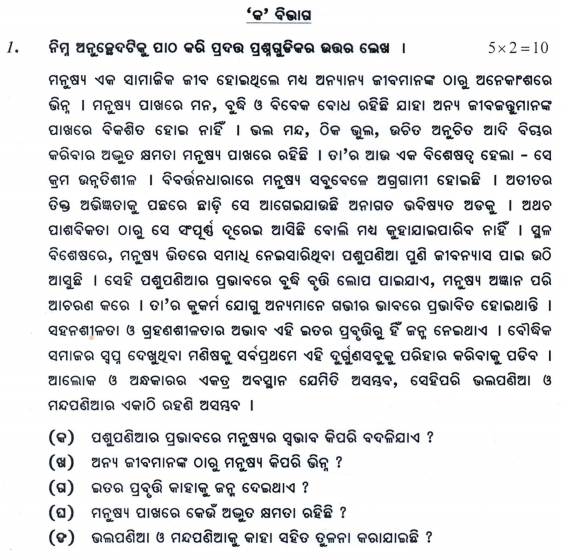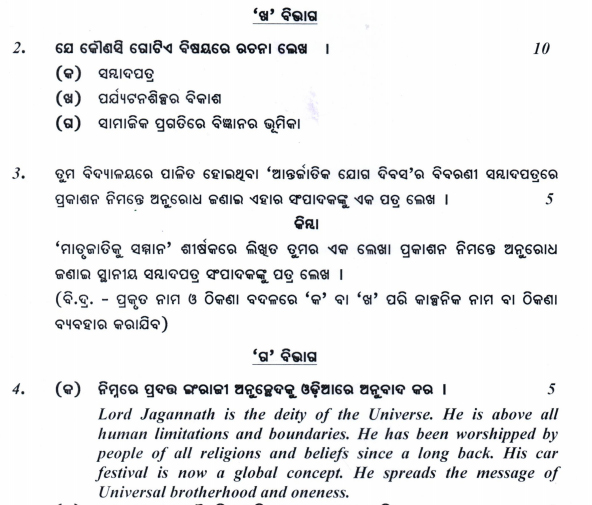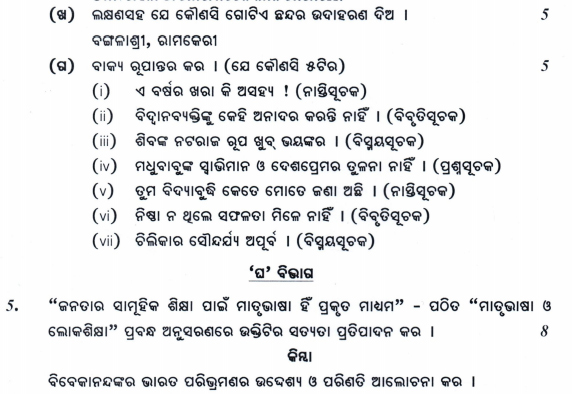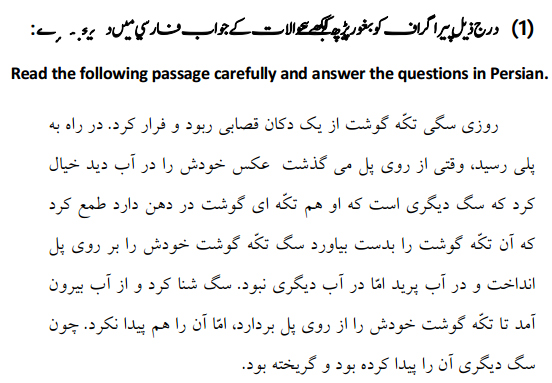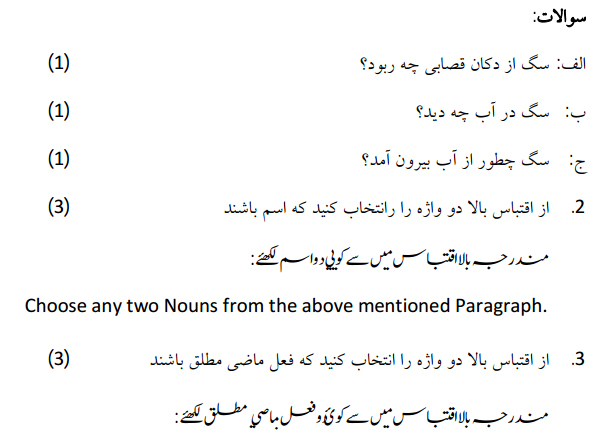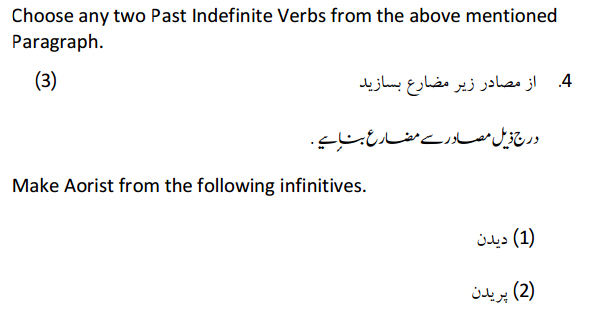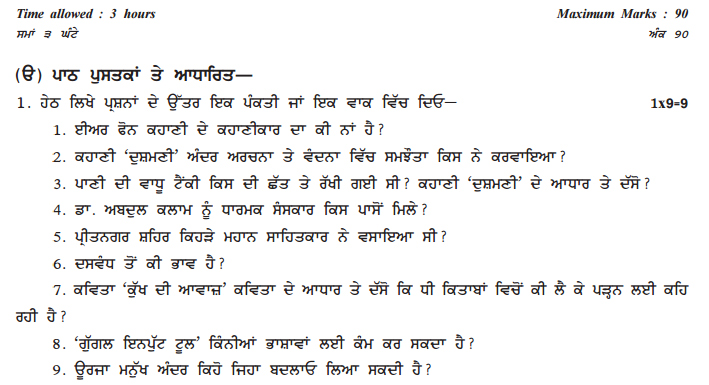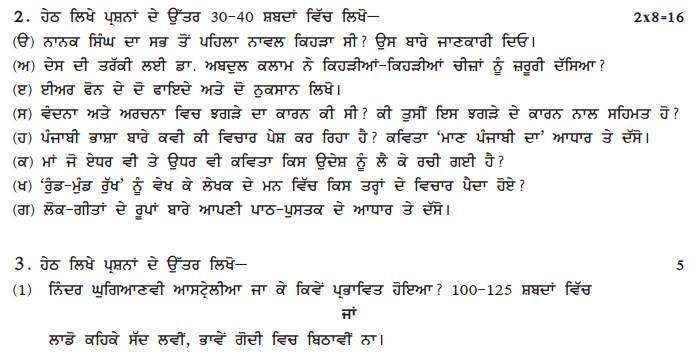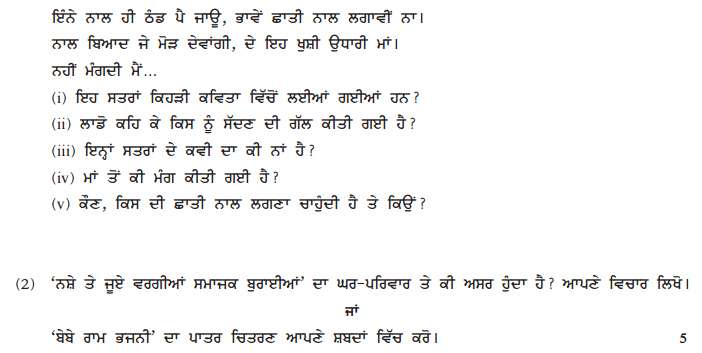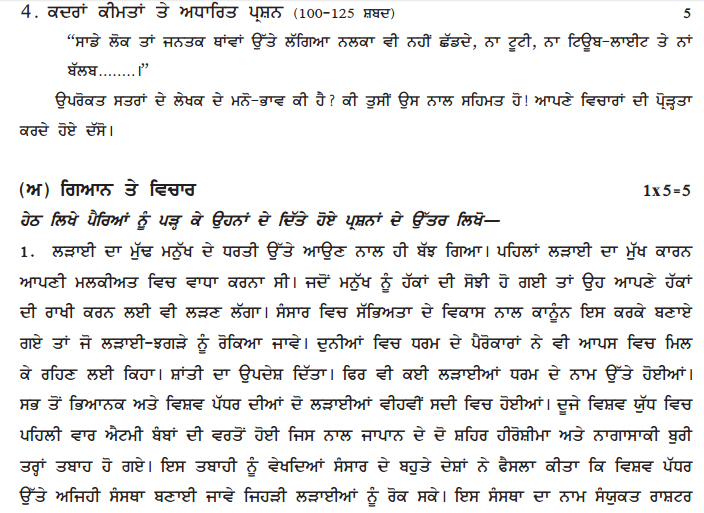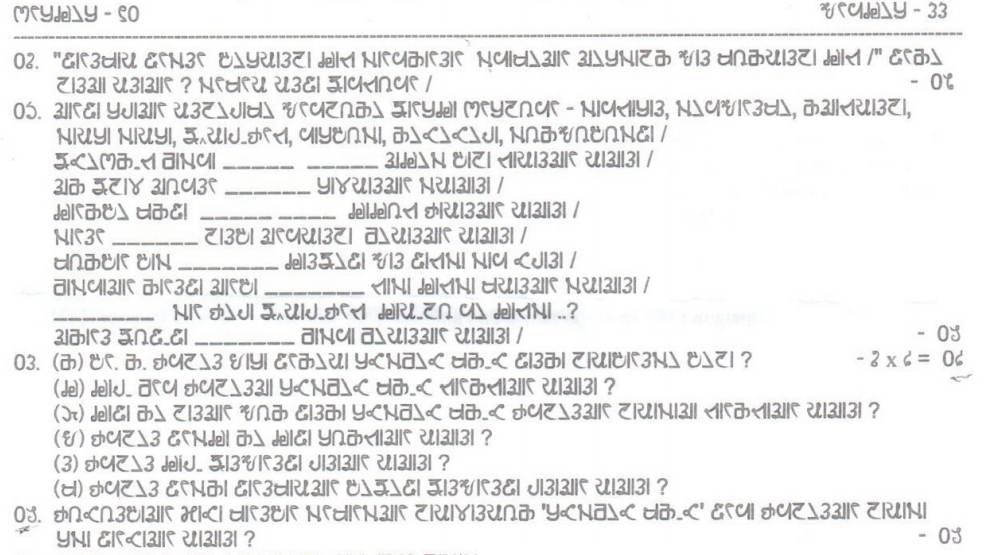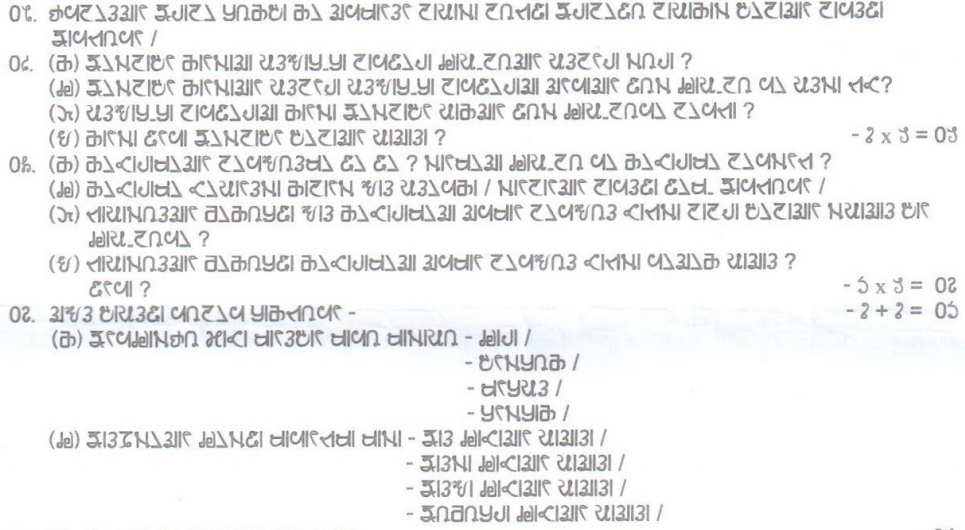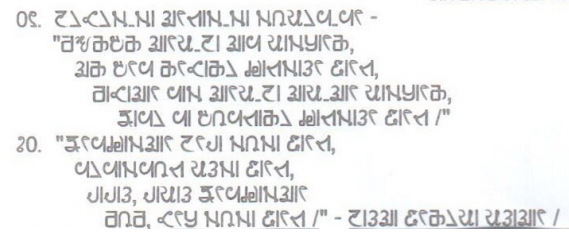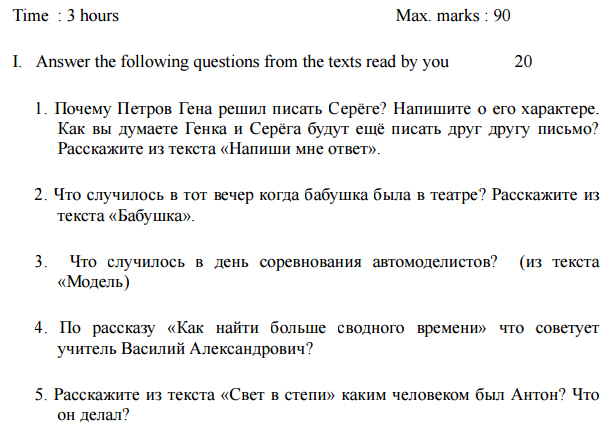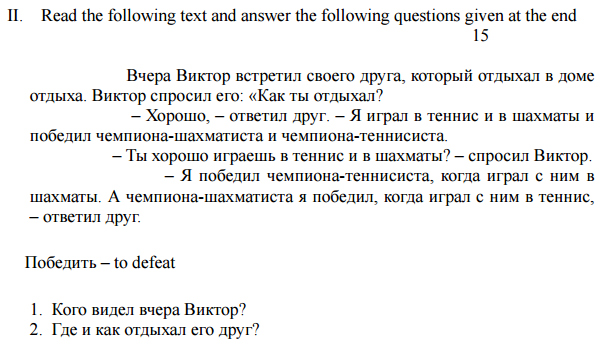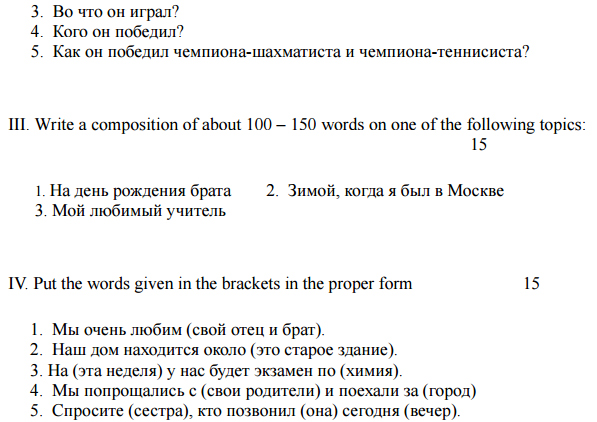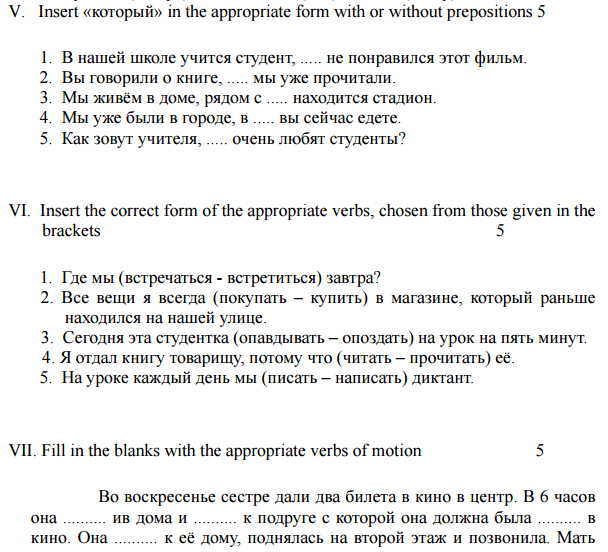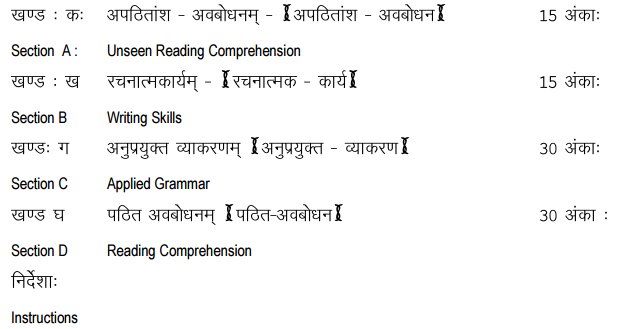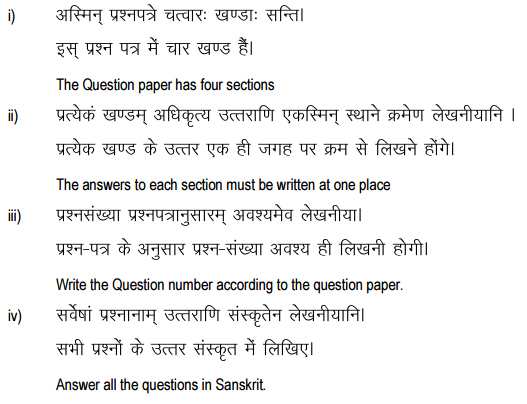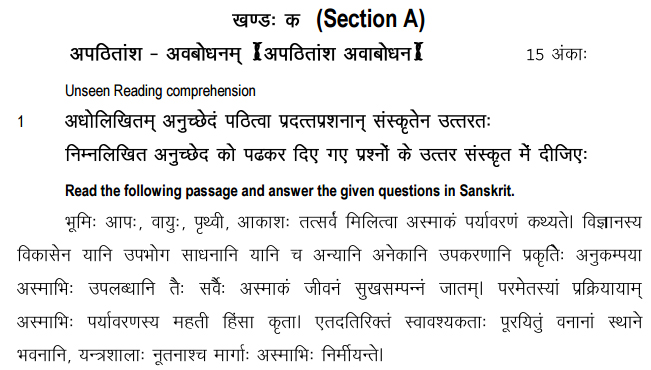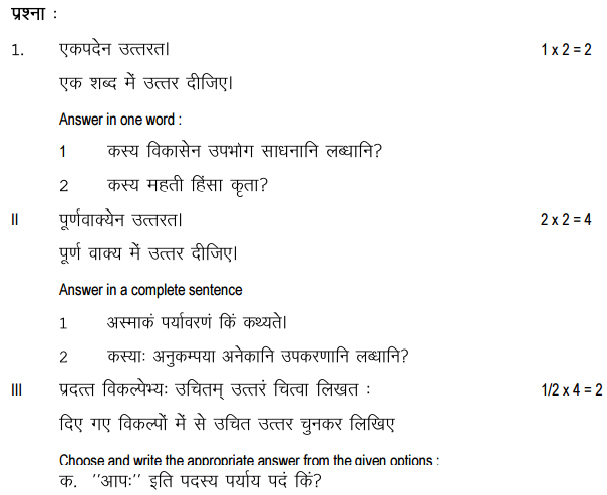(Download) CBSE Class-12 2016-17 Sample Paper And Marking Scheme (Physics)
Time allowed: 3 hours
Maximum Marks: 70
General Instructions:
(i) All questions are compulsory.
(ii) There is no overall choice. However, an internal choice has been provided in one question of two marks, one question of three marks and one question of five marks. You have to attempt only one of the choices in such questions. This paper has five distinct sections.
(iii) Section A has Question numbers 1 to 5. They are very short answer type questions, carrying one mark each.
(iv) Section B has Question numbers 6 to 10. They are short answer type questions, carrying two marks each.
(v) Section C has Question numbers 11 to 22. They are also short answer type questions, carrying three marks each.
(vi) Section D has Question number 23. It is a value based question, carrying four marks.
(vii) Question numbers 24 to 26 are long answer type questions, carrying five marks each.
(viii) Use of calculators is not permitted. However, you may use log tables, if necessary.
(ix) You may use the following values of physical constants
wherever necessary:
c = 3 × 108 ms-1
h = 6.6 × 10-34 Js
e = 1.6 × 10-19 C
µ0 = 4 × 10-7 T m A-1
Mass of neutron mn = 1.675×10-27kg
Mass of proton mp = 1.672×10-27kg
Boltzmann's constant k = 1.38 × 10-23 J K-1
Avogadro's number NA = 6.023 × 1023 / mole
1 MeV = 1.602×10-13 J
------------------------------------------------------------------------------------------------------------------------------------------------------------------------------------------------
SECTION A
1. Represent graphically the variation of electric field with distance, for a uniformly charged plane sheet. (1)
2. Draw a graph to show a variation of resistance of a metal wire as a function of its diameter keeping its length and material constant. (1)
3. A rod of length L, along East-West direction is dropped from a height H. If B be the magnetic field due to earth at that place and angle of dip is θ, then what is the magnitude of induced emf across two ends of the rod when the rod reaches the earth?
4. Two polaroids are placed with their optic axis perpendicular to each other. One of them is rotated through 45°, what is the intensity of light emerging from the second polaroid if I0 is the intensity of unpolarised light? (1)
5. With the help of a block diagram, show the basic constituents of the communication system. (1)
6. Two wires A and B of the same material and having same length, have their cross sectional areas in the ratio 1:6. What would be the ratio of heat produced in these wires when same voltage is applied across each? (2)
7. The focal length of a convex lens made of glass is 20 cm. What will be its new focal length when placed in a medium of refractive index 1.25?
OR
The following data was recorded for values of object distance
and the corresponding values of image distance in the experiment on study of
real image formation by a convex lens of power + 5 D. One of these observations
is incorrect. Identify this observation and give reason for your choice.
